
Hunts
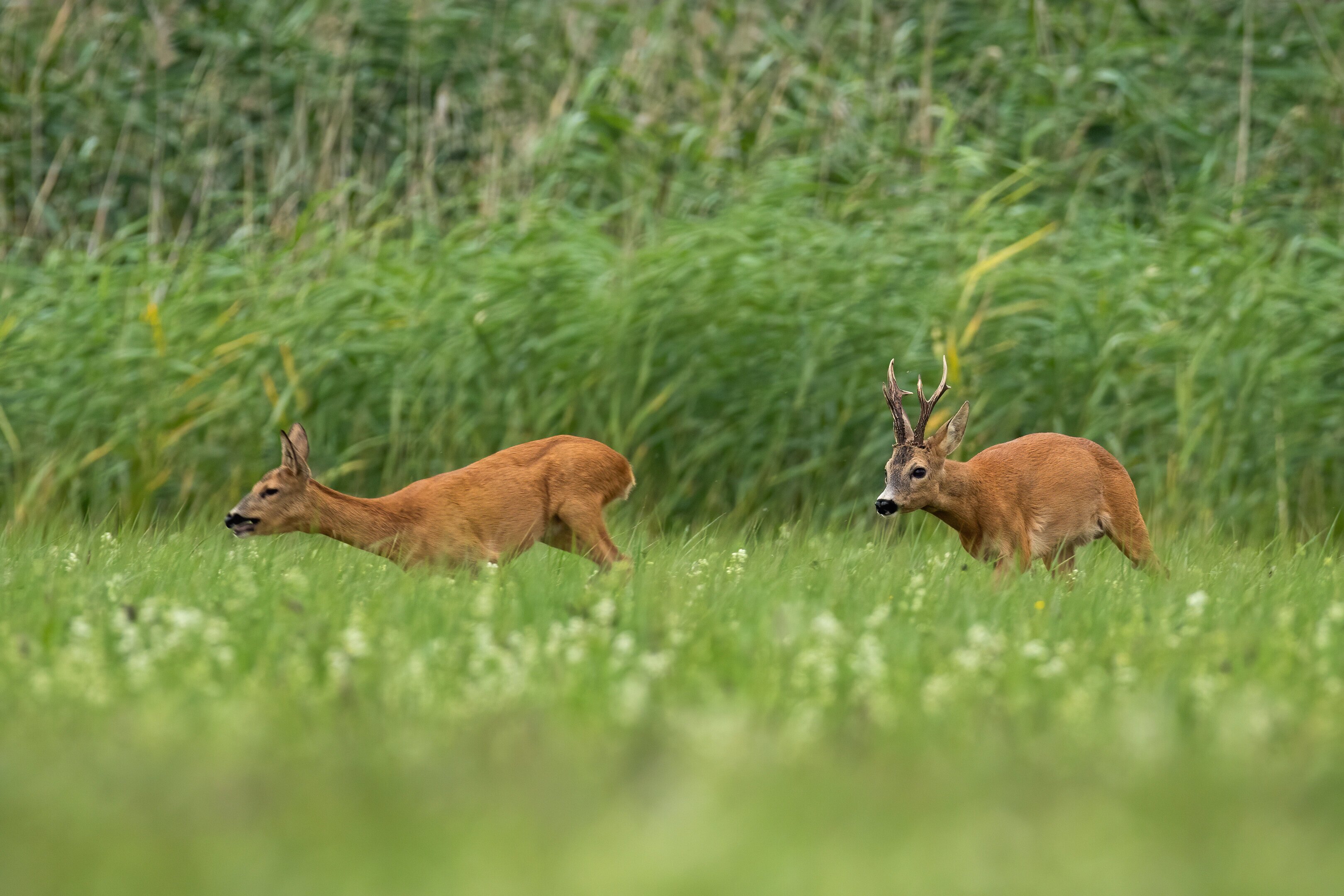
Roe buck in rut
From mid-July to mid-August, the roe deer rutting season takes place. It is the most beautiful time of the year for every hunter.
Each roe buck strives to control its territory, to which it remains faithful for several years. They mark their territory by scraping and rubbing their antlers against branches and bushes. Roe bucks vigorously defend their territory, and observers can witness beautiful battles between two rivals.
During the rut, the calling roe doe produces a distinctive whistling sound. Hunters take advantage of this by trying to attract the bucks with imitations of the doe's whistle.
In the development of roe deer antlers, various abnormalities often occur, which can be caused by injuries to the pedicle or diseases. Even injuries to the legs can affect antler growth. Antler deformities manifest on the opposite side of the injured leg. In cases of illness or testicular injury, the antlers do not harden, but their growth results in a mushroom-like formation on the head that cannot be shed.
Luring
Roe bucks can be lured using a call that imitates the whistling of a roe doe.
To lure successfully, one must know the right places for stands and the animal's habitat during the rut, master the art of concealment, understand wind patterns, be familiar with the behavior of the animals, and, most importantly, be able to perfectly imitate the animal's call.
Hunting period
July 15th - August 15th
The peak of the roe deer rutting season occurs on August 1st.
Biology
Roe deer inhabit lowlands and mountainous regions of various landscape types. They prefer deciduous and mixed forests with meadows and adjacent agricultural land. They are active during the day and enjoy basking in the sun on meadows and clearings.
Their diet is very selective, and they seek out highly nutritious plants. The composition of their diet changes with the seasons. In spring, they graze on emerging vegetation, in summer they prefer the leafy parts of plants. In autumn, roe deer collect seeds and fruits from trees, shrubs, grasses, and herbs. In winter, they browse on the twigs of shrubs and trees and the remains of dry vegetation.
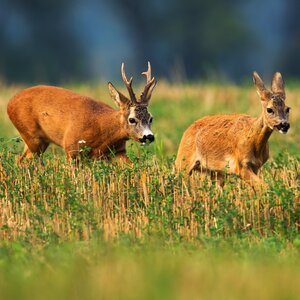

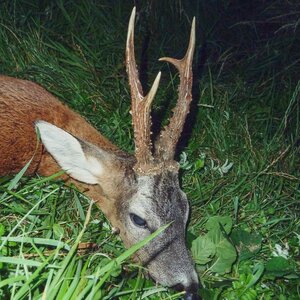
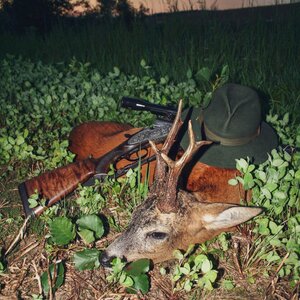
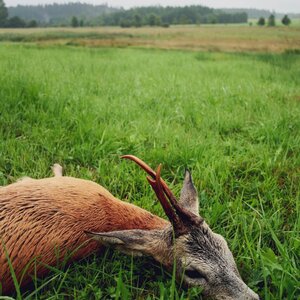
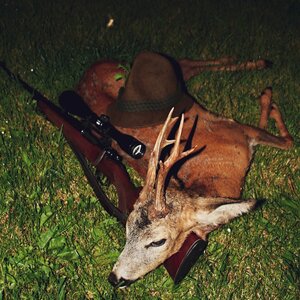
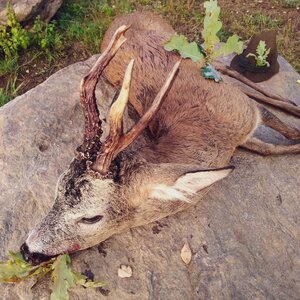
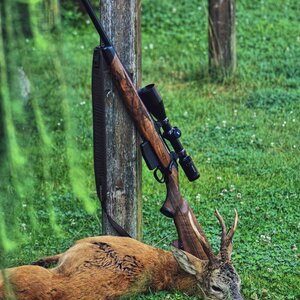
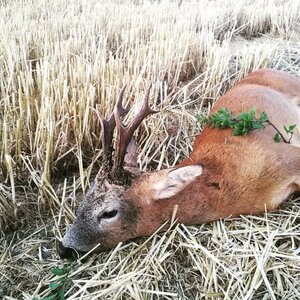
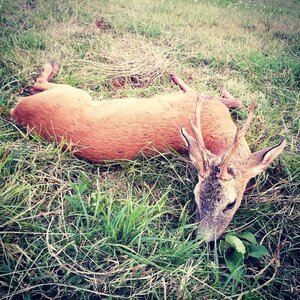
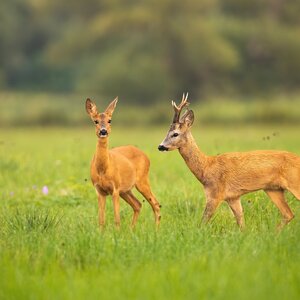
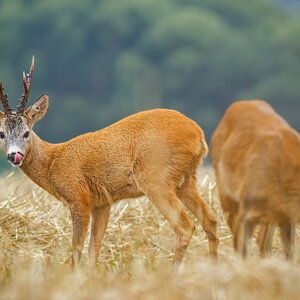
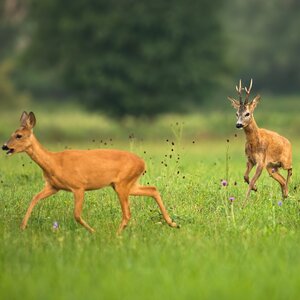
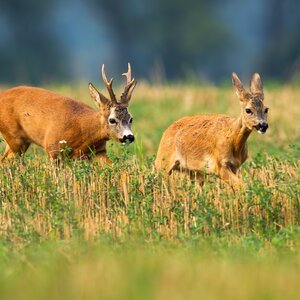
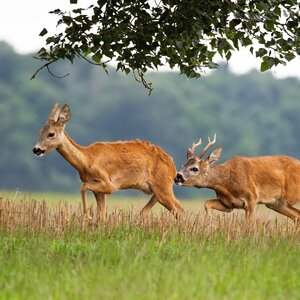
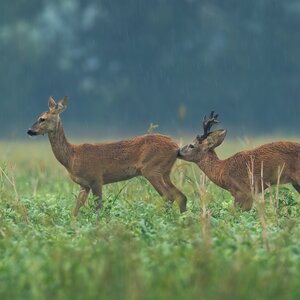
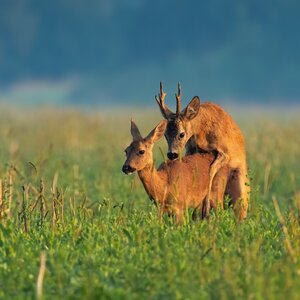
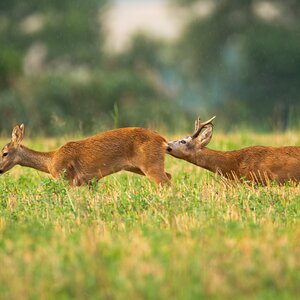
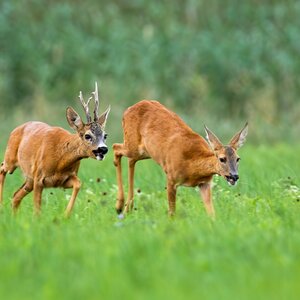
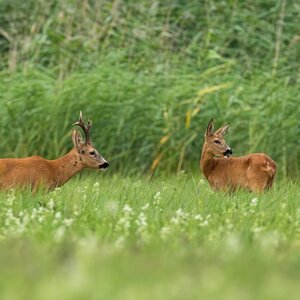
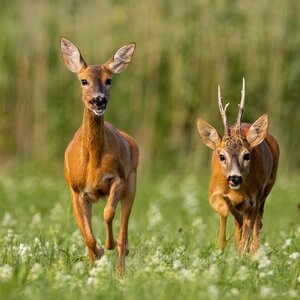
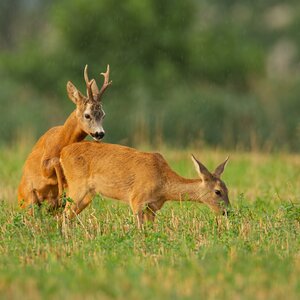
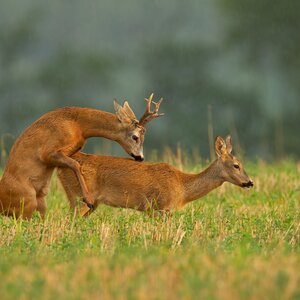
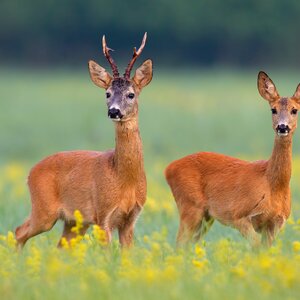
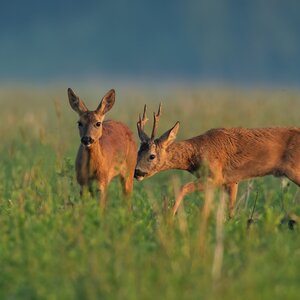
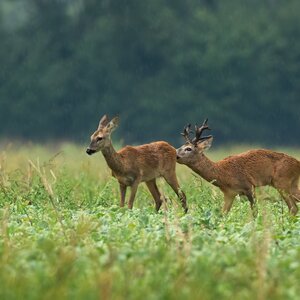

.jpeg?locale=en)

.jpg?locale=en)
